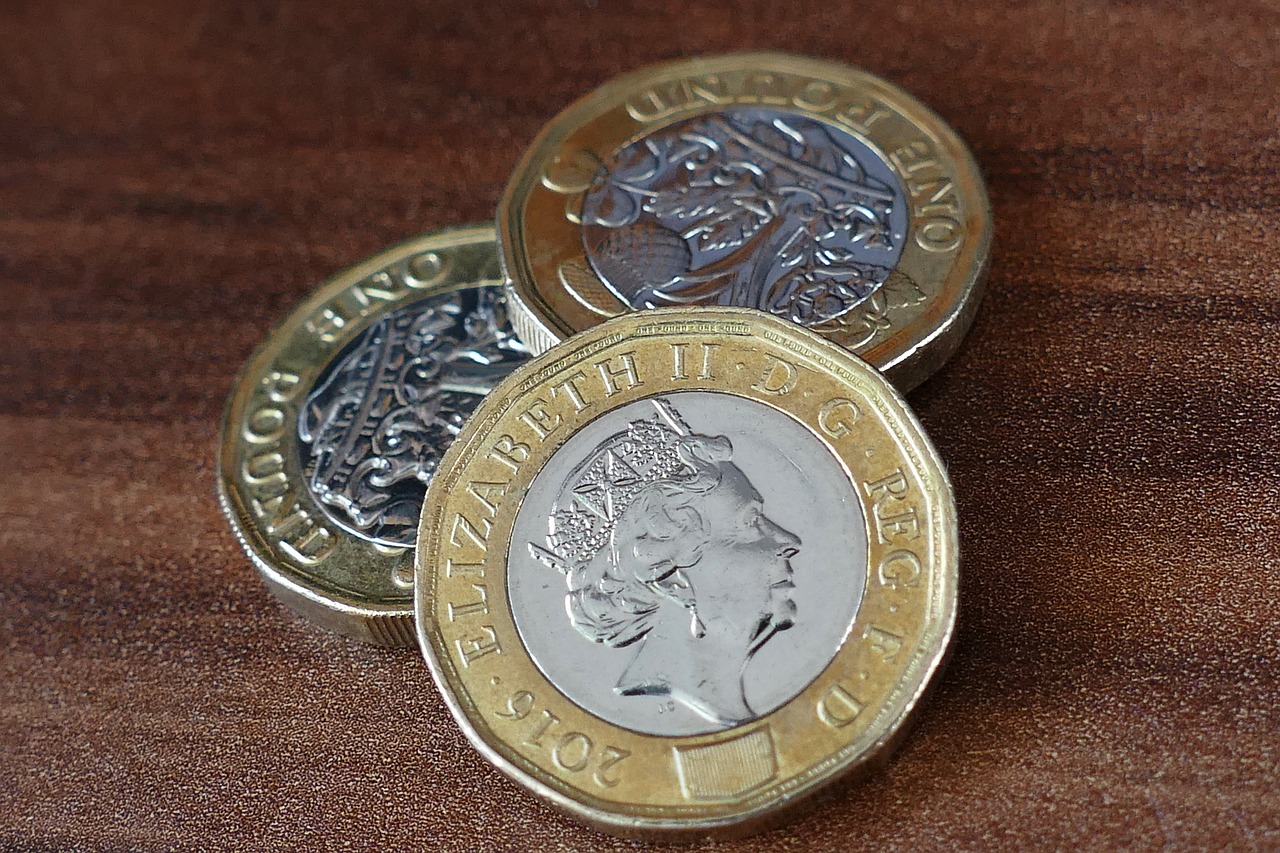Last Updated on: 21st November 2023, 09:58 pm
The Chancellors budget statement on Wednesday could deliver bad news to the self-employed, say leading tax and advisory firm Blick Rothenberg
Nimesh Shah, a partner at the firm said: “The Chancellor will more than likely focus on business support measures, to stimulate activity and generate employment, but his statement could also deliver bad news for the self-employed.”
He added: “The Government and the Chancellor have made no secret of their desire to increase taxes for the self-employed, and especially those that operate through limited companies. When the Chancellor announced the Self-employment Income Support Scheme (‘SEISS’) at the end of March, it came with a warning that the self-employed would have to pay back that support in the future.
“Under the current rules, self-employed individuals benefit from a lower rate of National Insurance on profits – Class 4 National Insurance at 9%/2% rather than Class 1 National Insurance at 12%/2% which apply for an employed worker. A self-employed individual making profits of £40,000 has take-home pay of £31,755; an employed worker with the same salary has take-home pay of £30,840 – the self-employed individual is better off by £915 per year.”
Nimesh said : A number of self-employed individuals operate their business/trade through limited companies and pay themselves through dividends – in recent years and following changes to the dividend tax regime, any tax benefit of receiving dividends has reduced; where a person extracts all the profits from the company as dividend, they may even be worse-off. However, many that operate their business through a company choose to pay themselves a small salary (up to the National Insurance threshold) and dividends for what they need for their living – the balance of profits can be left in the company.”
He added: “The Chancellor could announce changes to the self-employed by abolishing the Class 4 National Insurance and effectively harmonising the National Insurance regime for the self-employed and employed worker. For a self-employed worker making profits of £60,000, such a change could leave them £1,215 worse-off per annum.
“A further proposal would be to abolish the lower dividend tax rates (currently 7.5%/32.5%/38.1%) and align to normal income tax rates (20%/40%/25%). This change would have a heavy impact on a self-employed worker using a company and paying themselves through dividends. For someone generating profits of £100,000 and paying themselves in dividends, they would see a reduction in take home pay of over £6,000 per annum.
Nimesh said: “Harmonising the dividend tax rates with income tax rates would have wider implications for those with savings in share portfolios, such as pensioners, as they would see a higher rate of tax applied to their income as a result.”
| Appendix | |||||||||||
| TAKE HOME PAY | |||||||||||
| Current | Harmonised NIC | Harmonised income tax | |||||||||
| Income Level | Self-employed | Dividends | Self-employed | Dividends | Self-employed | Dividends | |||||
| 25,000.00 | £17,555 | £16,073 | £17,240 | £16,073 | £17,555 | £15,860 | |||||
| 40,000.00 | £31,755 | £31,058 | £30,840 | £31,058 | £31,755 | £28,820 | |||||
| 60,000.00 | £44,655 | £43,268 | £43,440 | £43,268 | £44,655 | £39,560 | |||||
| 100,000.00 | £67,855 | £65,138 | £66,640 | £65,138 | £67,855 | £59,000 | |||||
| 200,000.00 | £118,355 | £118,203 | £117,140 | £118,203 | £118,355 | £104,500 | |||||
| Notes | |||||||||||









